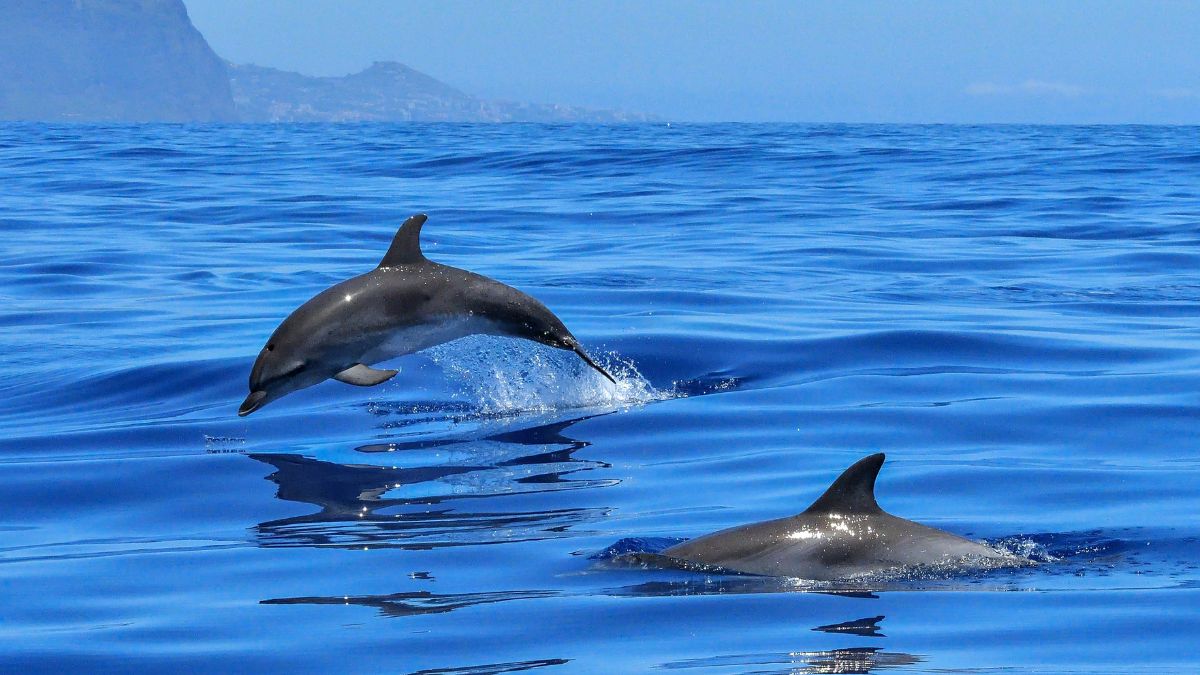A three-day census of dolphins in Odisha's Chilika Lake began this morning, with 18 teams from the Chilika Wildlife Division dispatched from Chilika and Satpada.
According to reports, the dolphin census will begin at 6 a.m. and continue until noon on each day from January 20th to 22nd. While 8 teams from Satpada conduct the census in the northern outer channel, 10 teams from Balugaon work in the lake's central and southern channels.
A team of volunteers, including wildlife enthusiasts, students, researchers, and six members of the Wildlife Institute of India (WII), also participated in the exercise. Using spotting binoculars, GPS trackers, and sonic equipment, the dedicated team will scour the waters.
How is Dolphin Census in Chilika Lake Carried Out?
“The dolphin census will be carried out using the line transect method under which several boats will start at the same time and move parallel to one another at a very slow speed. Upon spotting dolphins, the teams will record the details,” stated Pramod Kumar Sethi, Assistant Conservator of Forest (ACF) of the Chilika Wildlife Division.
Meanwhile, the WII team will use hydrophones to track dolphins using the echo-location method, added Sethi. After completion of the process, data from manual spotting as well as that retrieved from the hydrophones will be tallied to generate an accurate figure of the number of dolphins present in the lagoon.
Notably, the Chilika lake and its adjoining coastal areas were reported to have a dolphin population of 743, as stated by Odisha Forest and Environment Minister Ganesh Ram Khuntia in the State Assembly in August last year.
Further, Chilika Lake, the largest saltwater lake in Asia, is recognized as having the highest single lagoon dolphin population in the world. The annual dolphin census is crucial for monitoring the health and population dynamics of these marine mammals. In the previous year's census, a total of 154 Irrawaddy dolphins and 19 bottlenose dolphins were recorded, marking the lake's biodiversity.


.jpg)
.jpg)
.jpg)
.jpg)

.jpg)